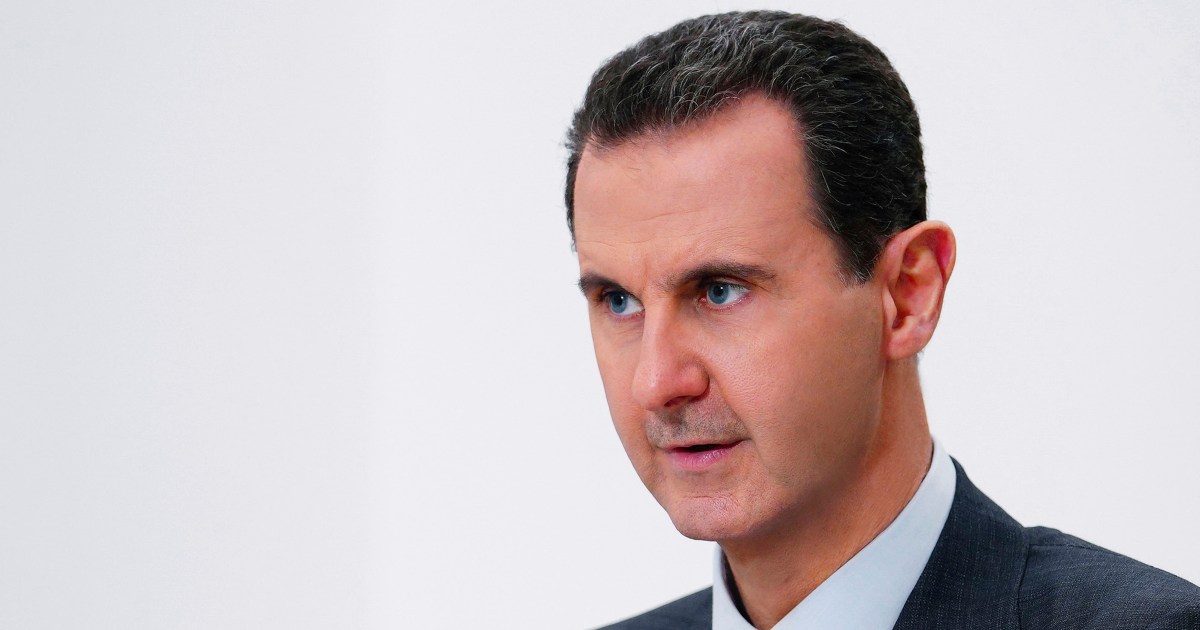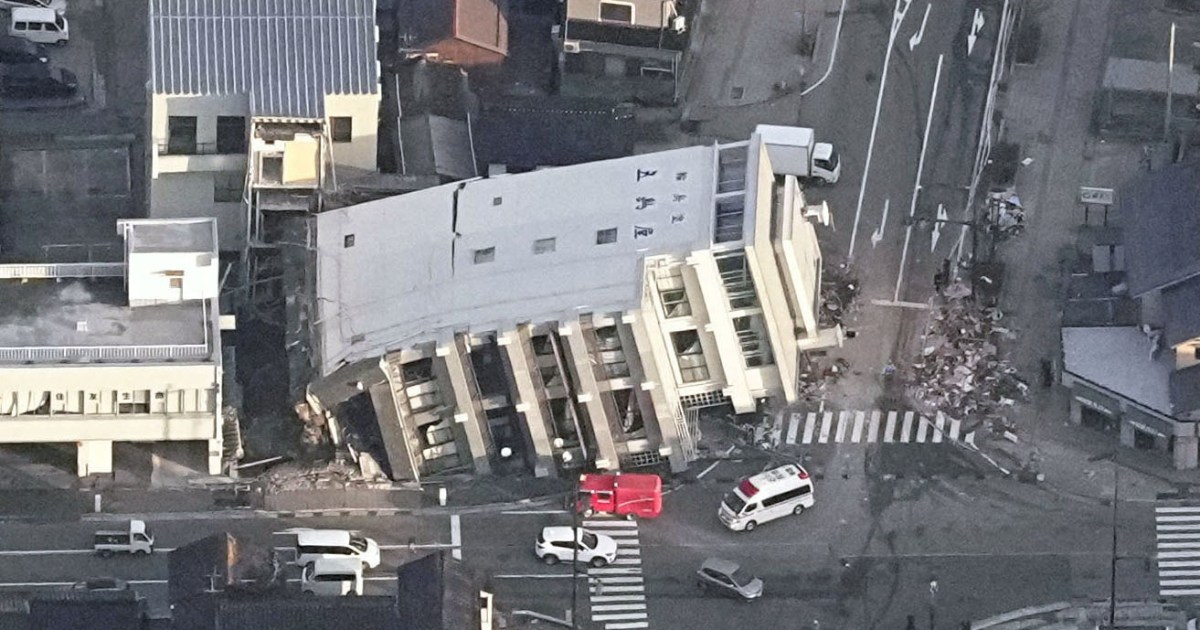
The regional consequences of Israel’s war on Gaza have drawn renewed attention to the so-called “Axis of Resistance” – a kind of alliance between Hamas, Hezbollah, Iran and Syria.
But while Hezbollah and Iran have been visibly active since October 7, the Syrian regime has played a more muted role in supporting its on-again, off-again ally Hamas.
The enemy of my enemy
It was only in October last year that Hamas officially resumed relations with Syrian President Bashar al-Assad’s regime, more than a decade after they fell out in the early years of the Syrian civil war when Hamas sided with the regime Syrian opposition revolution.
A reconciliation reportedly occurred sponsored by Hezbollah and Iran, in part, to counter the growing number of Arab governments normalizing their relations with Israel through the Abraham Accords.
Constricted by Israel’s increasing siege of the Gaza Strip since 2007, Hamas desperately needed allies. And with the Syrian economy in shambles and Syrian infrastructure increasingly targeted by Israeli airstrikes, Damascus was unable to sustain its resentment as its main backers, Iran and Hezbollah, pushed for reconciliation.
Syria’s contribution to Hamas’s material strength is small and it is unlikely that it played any role in facilitating the October 7 attack.
While Ismail Haniyeh, head of Hamas’ political wing, told Al Jazeera last year that some of the group’s long-range missile arsenal comes from Syria, the majority of its military supplies come from Iran or are manufactured domestically. However, Syria’s position within the broader alliance with Iran and Hezbollah remains a key factor in the escalation of violence in the region.
“Syria still plays an important role in the axis of resistance simply because of its geostrategic location,” says Nasrin Akhter, a doctoral student at St. Andrews University who researches relations between Hamas, Hezbollah and Syria.
“In addition to serving as a conduit for arms transfers to Hezbollah, Syria gives Iran a foothold in the Arab-Israeli arena, allowing it to open a second front against Israel and giving it a base from which to attack the United States positions in the region.” But within this alliance, the Syrian regime is a “passive actor,” argues Joseph Daher, an academic and expert on Hezbollah and Syria.
“Since 2011, Syria has had almost no autonomous role and is dependent on either Iran or Russia, sometimes one playing against the other,” says Daher. “Any opening of a military front [against Israel] from Syria are actually launched by Hezbollah or pro-Iranian militias,” with Syria itself “unwilling and unable to start a war against Israel.”
Hezbollah Secretary General Hassan Nasrallah also admitted this: “We cannot ask more from Syria and we have to be realistic,” Nasrallah said in a speech to supporters on November 11th. “Syria has been in a global war for twelve years. Despite its difficult situation, it supports the resistance and suffers the consequences.”
A battlefield for a proxy war
Since the beginning of the war on Gaza, Syria has been the scene of attacks and retaliation between Israel and the US on the one hand and Iran and Iran-backed militias on the other.
Last month, the US carried out multiple airstrikes in Syria against Iran’s Islamic Revolutionary Guard Corps and its allies, and Israel bombed airports in Damascus and Aleppo. Meanwhile, Iran-backed militias have attacked US targets in Iraq and Syria at least 40 times, according to the Pentagon.
The escalation of violence is leading to even more instability in Syria and “increases the likelihood that Syria will be turned into a battlefield for a proxy war by regional and global powers that will inflict even more suffering and misery on the Syrian people,” Akhter says.
But as Syrians suffer the consequences of the regime’s alliance with Hamas, Assad himself could benefit politically as regional leaders face increasing popular pressure to change their stance toward Israel.

While the Abraham Accords appear increasingly untenable, the normalization of the Syrian regime with Arab leaders is progressing. In November, al-Assad took part in the Arab-Islamic summit It was hosted by Crown Prince Mohammed bin Salman in Riyadh, Saudi Arabia, alongside regional leaders who had previously denounced him.
But regardless of the regime’s rhetorical support for Gaza or the photo opportunities provided by regional summits, al-Assad remains a divisive and unpopular figure.
“The core issue [for the Syrian regime] It is not about the liberation of Palestine, but about its own survival and geopolitical interests,” says Daher.
“Assad’s popularity is already very weak in the country due to the continuous worsening of the socio-economic crisis, with more than 90 percent of the population living below the poverty line. His popularity will not increase significantly as a result of his support for Hamas.”
Akhter agrees: “There is a widespread recognition in the Arab world that the Syrian regime is simply promoting the Palestinian cause for its own political purposes in order to divert attention from its own domestic human rights abuses.
“This will do little to erase the recent memory of atrocities committed by the Syrian regime, as many parallels are drawn between Israel’s punitive blockade and bombing of the Gaza Strip and Syria’s siege of the Yarmouk refugee camp, which is marginalizing the Palestinian population there of hunger.” .”






Recent Comments